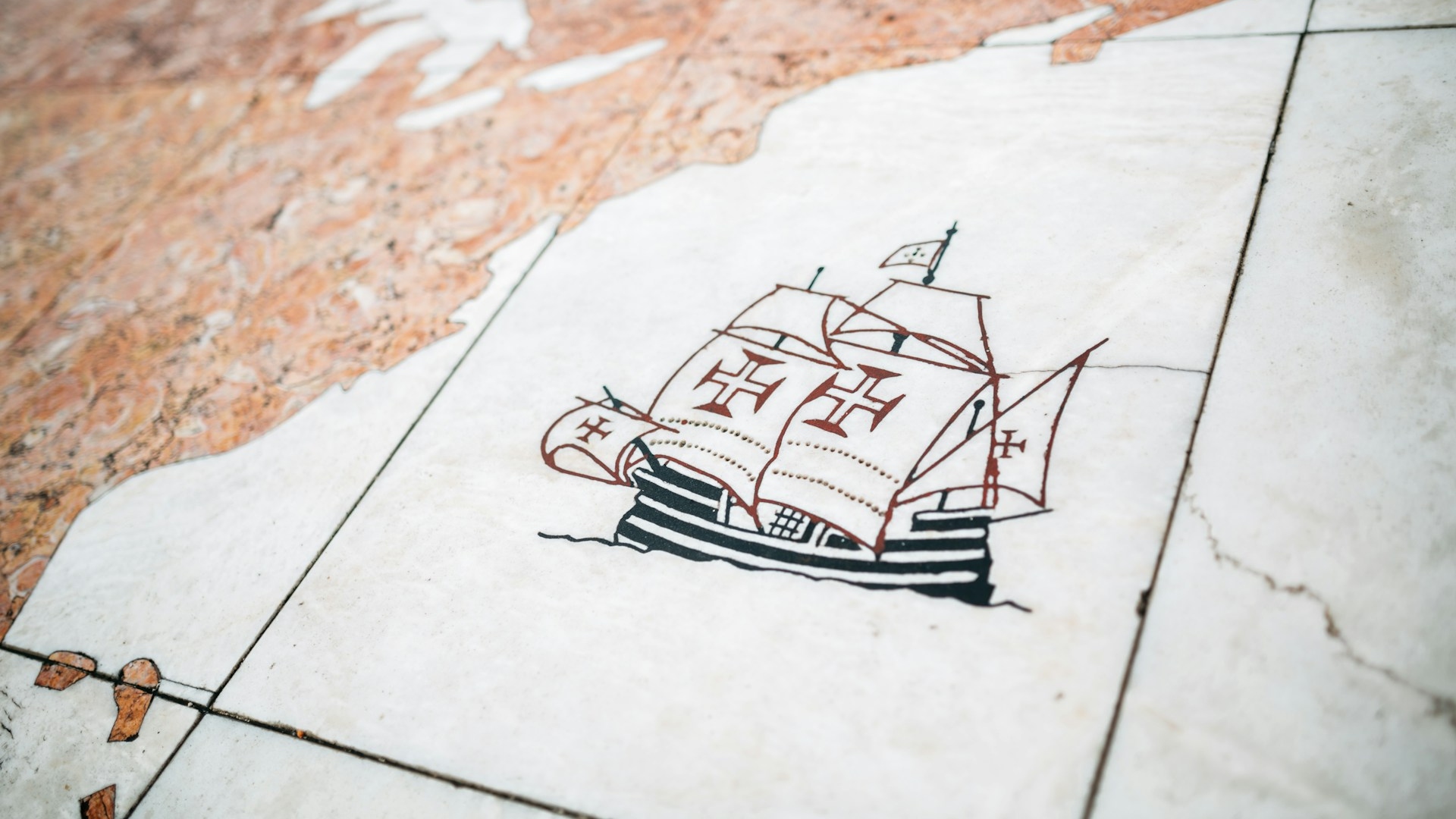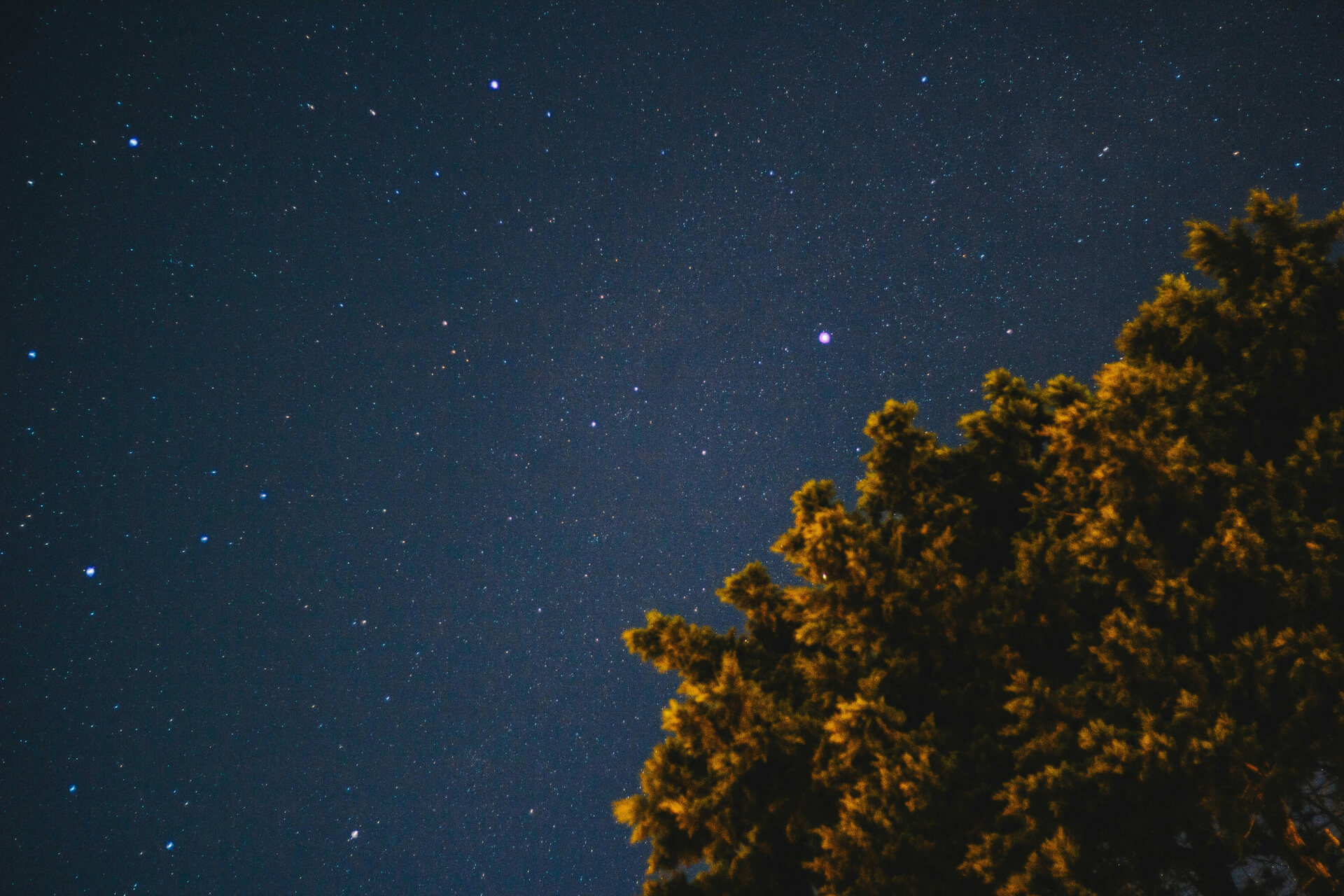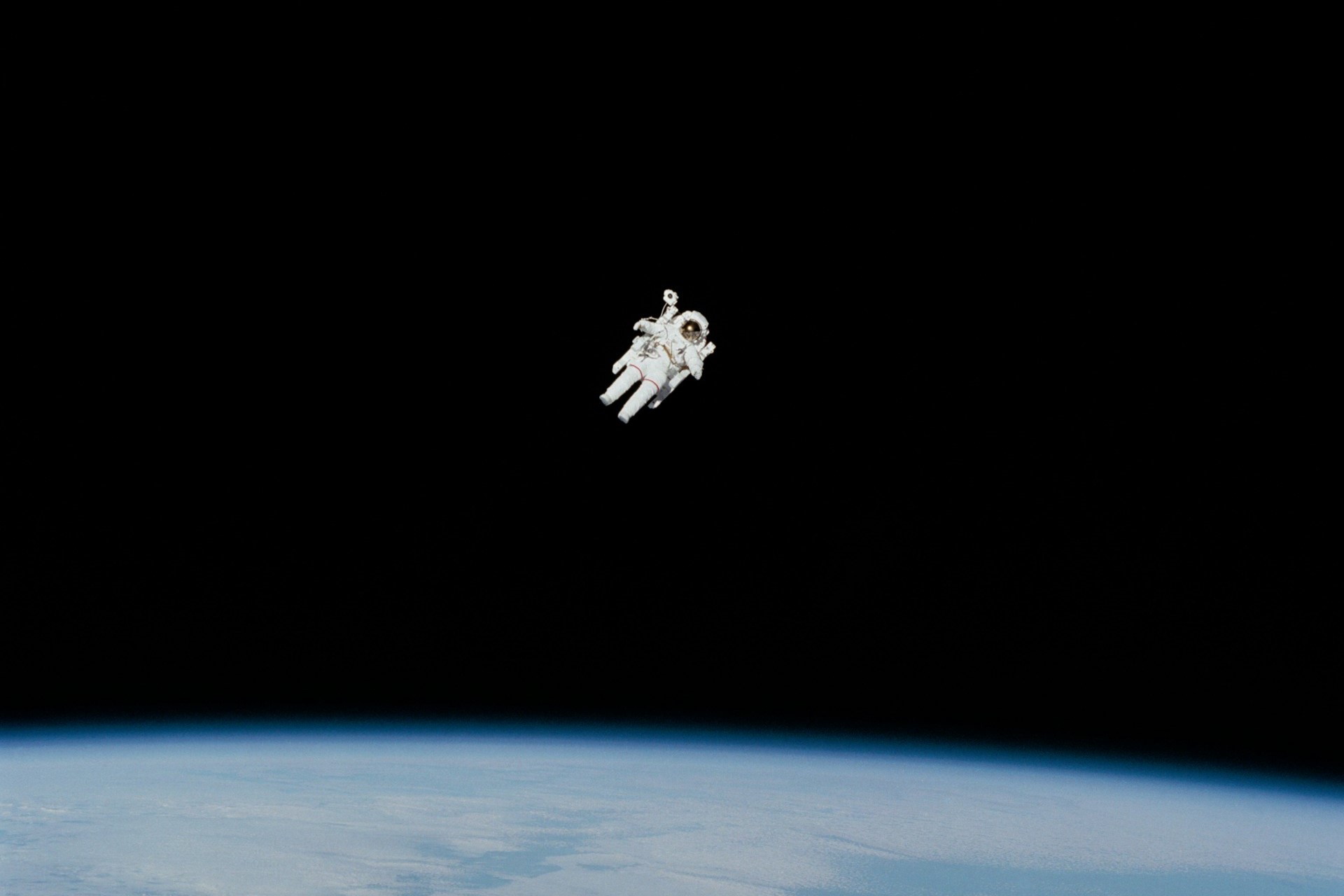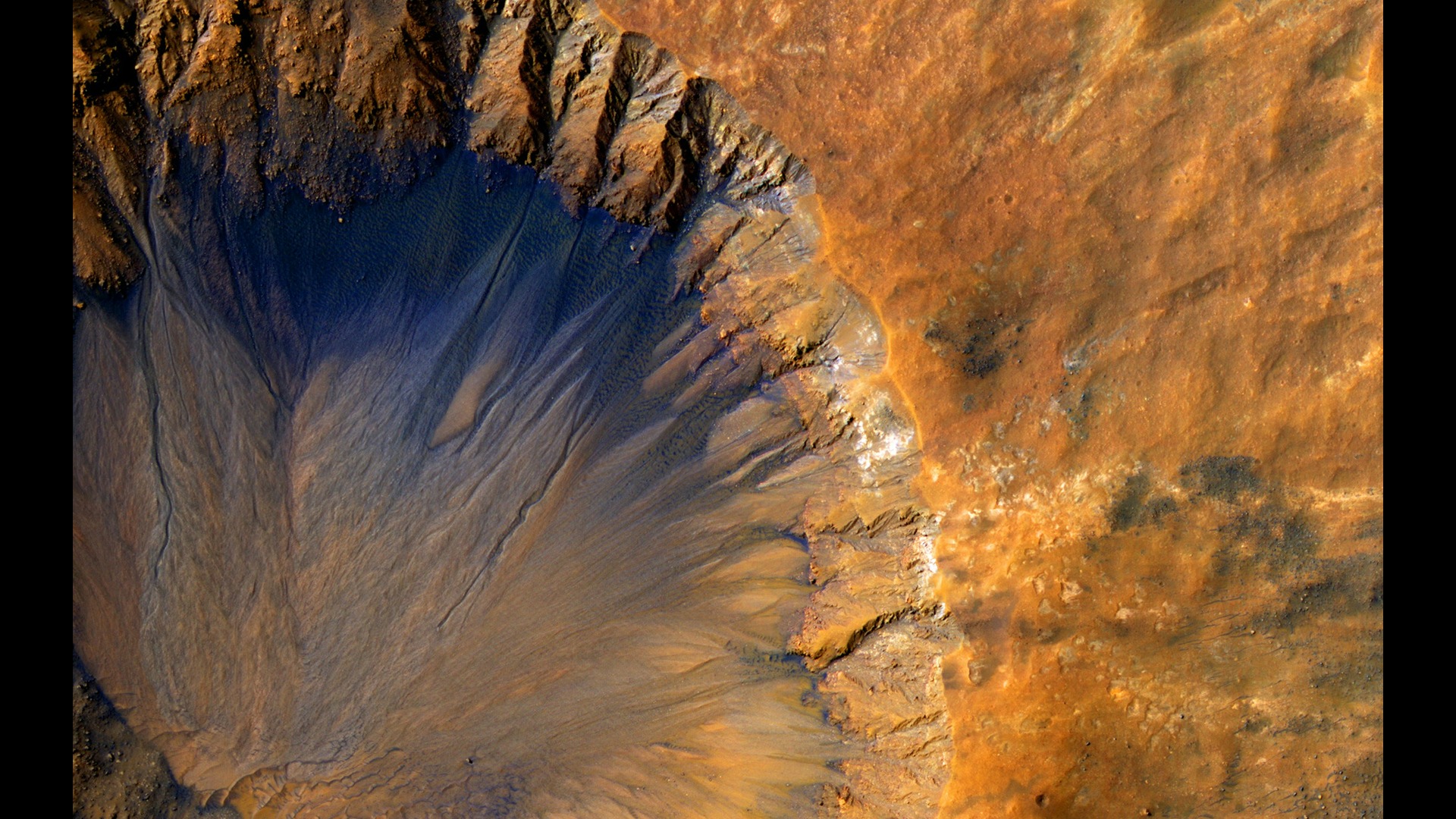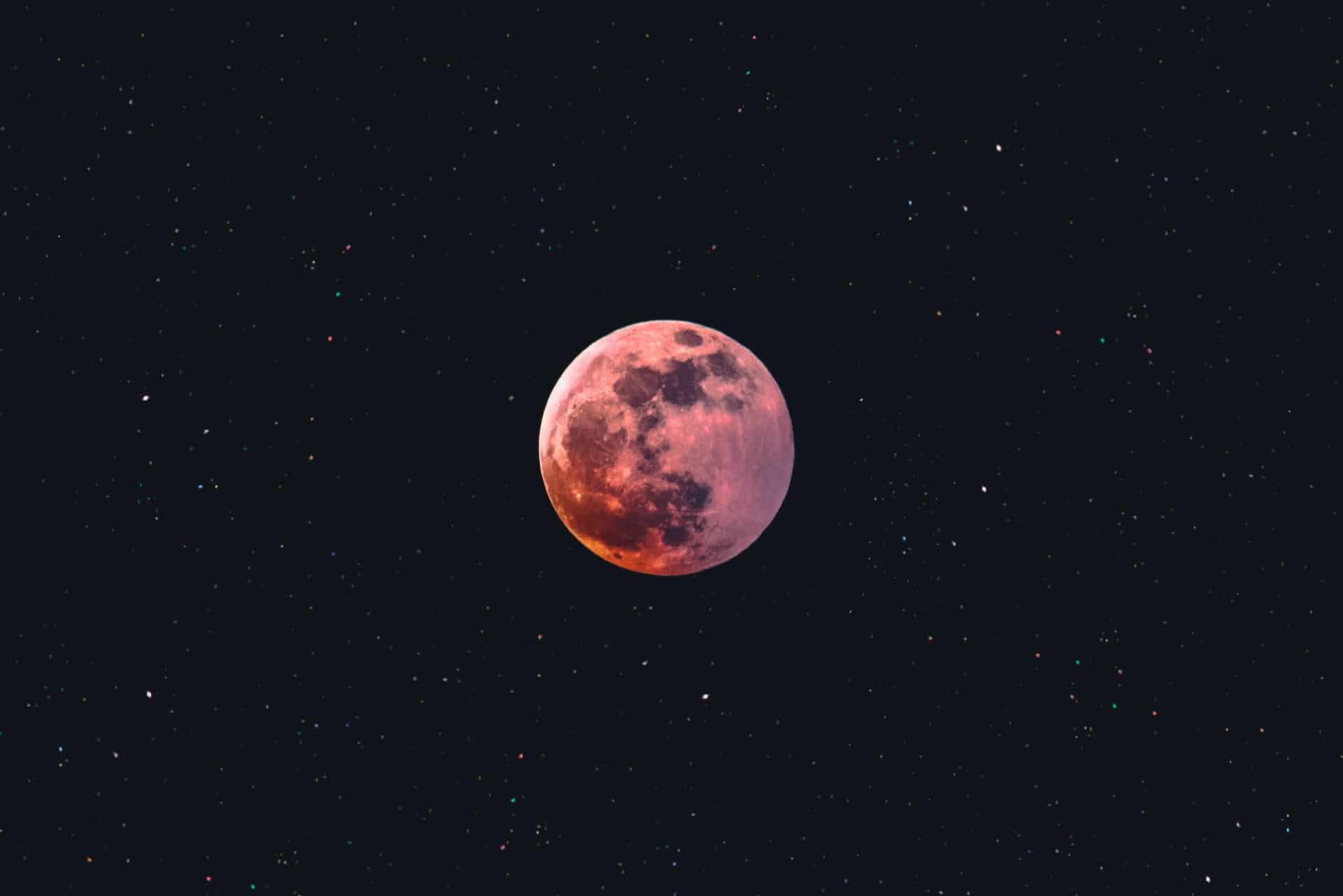
Exploring the Mysteries of the Kuiper Belt
October 26, 2022 - Emily Newton
Revolutionized is reader-supported. When you buy through links on our site, we may earn an affiliate commission. Learn more here.
On a clear night, if there isn’t a lot of light pollution, you can probably see a handful of planets. Mercury, Venus, Mars and Jupiter are all visible to the unaided eye. On a perfect night, you might even be able to spot Saturn or Neptune, but those usually need some extra help. What exists beyond Neptune? Let’s explore the mysteries of the Kuiper Belt and see what we might find at the very edges of the solar system.
What is the Kuiper Belt?
Named for Gerald Kuiper, an astronomer who published a paper in 1951 theorizing that there might be celestial objects beyond Pluto. The Kuiper Belt begins at the edge of Neptune’s orbit and reaches the beginning of the Oort Cloud, some 1,000 AU from the sun. You’ll often hear the terms Kuiper Belt and Trans-Neptunian region used interchangeably, but both refer to the same stretch of space.
The Kuiper Belt is full of icy objects that may be left over from the solar system’s formation. If Neptune didn’t exist, the belt might have come together to form an additional planet at the system’s outskirts. Instead, the gas giant’s gravitational pull and irregular orbit prevented us from having another planet in our solar system.
Far Out: The Kuiper Belt in Focus
Scientists have recorded over 2,000 Kuiper Belt objects, or KBOs, but estimate that there are far more than that. Most of these KPOs are asteroids, barren chunks of rock and ice. However, the Kuiper Belt is also home to a neighborhood of dwarf planets, led by Pluto.
Scientists estimate that there could be as many as 200 dwarf planets in the Kuiper Belt, although only four have been confirmed and named so far. Those dwarf planets include Pluto, Makemake, Haumea, and Eris.
Ice Volcanoes on Pluto
Pluto is the largest of the dwarf planets in the Kuiper Belt and has the most potential for groundbreaking discoveries. It has a surprising five moons – Charon, Nix, Styx, Kerberos, and Hydra. The New Horizons spacecraft revealed a plethora of new information about Pluto when it arrived in Pluto’s orbit in 2015.
Most notably, New Horizons recorded evidence of some unusual geological activity on Pluto, a region of ice volcanoes that altered Pluto’s surface geography. Scientists theorize that the cryovolcanoes could hint at heat below Pluto’s surface as well as a large body of liquid water feeding the ice volcanoes. If this were the case, Pluto could join the growing number of worlds in the solar system with subsurface oceans, possibly harboring microbial aquatic life.
While other worlds, such as Jupiter’s moon Europa, have greater potential for the presence of a subsurface ocean, it is still worth studying Pluto further to find out if there is water beneath its surface.
Exploring the Trans-Neptunian Region
Other than Pluto, what can we find in the Kuiper Belt? Astronomers have spotted plenty of KBOs and have even named a few. We’ve got a handful of dwarf planets, like Haumea and Makemake. Haumea, for example, is a tiny dwarf planet that rotates so fast that it’s elongated into an egg shape. A day on this planet is only four hours long, but a year? It takes 285 Earth years to orbit the sun. Despite its tiny size, Haumea has two moons — Namaka and Hi’iaka.
Most of these dwarf planets have at least one moon. Eris has one named Dysnomia. Makemake’s moon has been dubbed MK2. We’ve also got:
- Gonggong with its moon, Xiangliu
- Quaoar with its moon, Weywot
- Orcus with its moon, Vanth
- Salacia with its moon, Actaea
Other currently named dwarf planets without a moon include Sedna and 2002 MS4 which doesn’t have an official name yet.
There are plenty of KBOs that we haven’t identified yet. As of 2020, astronomers estimate that there are upwards of 70,000 KBOs at least 60 miles across. There could be thousands of celestial objects smaller than 60 miles that we just haven’t spotted yet.
What Can We Learn From the Kuiper Belt?
If the Kuiper Belt has taught us anything, it’s that we need to change our perception of the solar system. It’s not a flat disc that you can squeeze onto a single poster board to hang on a classroom wall. Studying the Kuiper Belt has taught us that while space looks empty, there’s actually a lot out there hanging in the void, just waiting to be discovered.
Its significant distance from Earth makes taking samples and bringing them home a daunting multi-decade task. If we could take samples of the ice and rock floating beyond Neptune’s orbit, it could improve our understanding of the origins of our solar system.
We’ve sent a few probes into and through the Kuiper Belt, including Voyager 1 and 2 and the New Horizons craft. Unfortunately, none of these were designed to pull a U-turn and make the return trip. The further away these probes get, the harder it becomes to retrieve data from them — but they’re still kicking. In May 2022, NASA announced that Voyager 1 was sending back data 45 years after its initial launch.
Why Should We Explore the Kuiper Belt?
The dwarf planets are all generally considered barren, desolate rocks, with the notable exception of Pluto’s ice volcanoes. So, why should astronomers and scientists bother exploring the Kuiper Belt? This planetary graveyard could hold fossils from the formation of our solar system and help us study what lies beyond our corner of the universe.
A Kuiper Belt Time Capsule
Archaeologists on Earth have to dig deep underground to find evidence of what life was like early in Earth’s history. In space, astronomers have to look deep into our solar system’s furthest reaches to find similarly unaltered evidence of what the early solar system was like. In 2019, the New Horizons spacecraft made history when it conducted a flyby of the planetismal Arrokoth, the farthest object from Earth ever visited by a manmade object – and one of the oldest.
Arrokoth is thought to be a virtually unaltered sample from the dawn of the solar system 3.8 billion years ago. Arrokoth looks like an oddly-shaped, orange-red snowman, composed of two asteroids that were once separate but merged together over time. Its formation and composition could tell scientists how the planets formed billions of years ago.
Unlike asteroids that have flown nearer to Earth, radiation from the Sun hasn’t damaged or changed Arrokoth over the millennia thanks to its extreme distance from the Sun in the Kuiper Belt. Further study of Arrokoth and similar objects in the Kuiper Belt could reveal what the solar system was like during its formation, before life began on Earth.
Slowly Eroding Away
For something that has existed since the beginning of the solar system, the Kuiper Belt is surprisingly fragile. Neptune’s elliptical orbit means its gravity well is tugging on the edges of the belt. This tugging causes objects within the belt to collide and break down into smaller pieces. Movement within the Kuiper Belt has the same result. Large icy pieces are broken down into smaller chunks and space dust. Solar winds — the energetic particles released by the sun — can then blow those small pieces and dust particles away.
We may never lose the Kuiper Belt, but by the time we reach the outskirts of our solar system with human spacecraft, it might look quite different than it does now.
Looking Toward the Future
There’s still a lot we dont understand about the universe we call home. Currently, the human race is limited by our technology. We can send probes to the solar system’s outskirts, but it takes them years to get there, with no chance of returning home. The Kuiper Belt is one of the most distant parts of the solar system, but the secrets it hides could change our understanding of the universe forever.
Revolutionized is reader-supported. When you buy through links on our site, we may earn an affiliate commission. Learn more here.
Author
Emily Newton
Emily Newton is a technology and industrial journalist and the Editor in Chief of Revolutionized. She manages the sites publishing schedule, SEO optimization and content strategy. Emily enjoys writing and researching articles about how technology is changing every industry. When she isn't working, Emily enjoys playing video games or curling up with a good book.
